Telemedicine for epilepsy care is more popular than ever. It has many advantages—but can it sustain itself into the future?
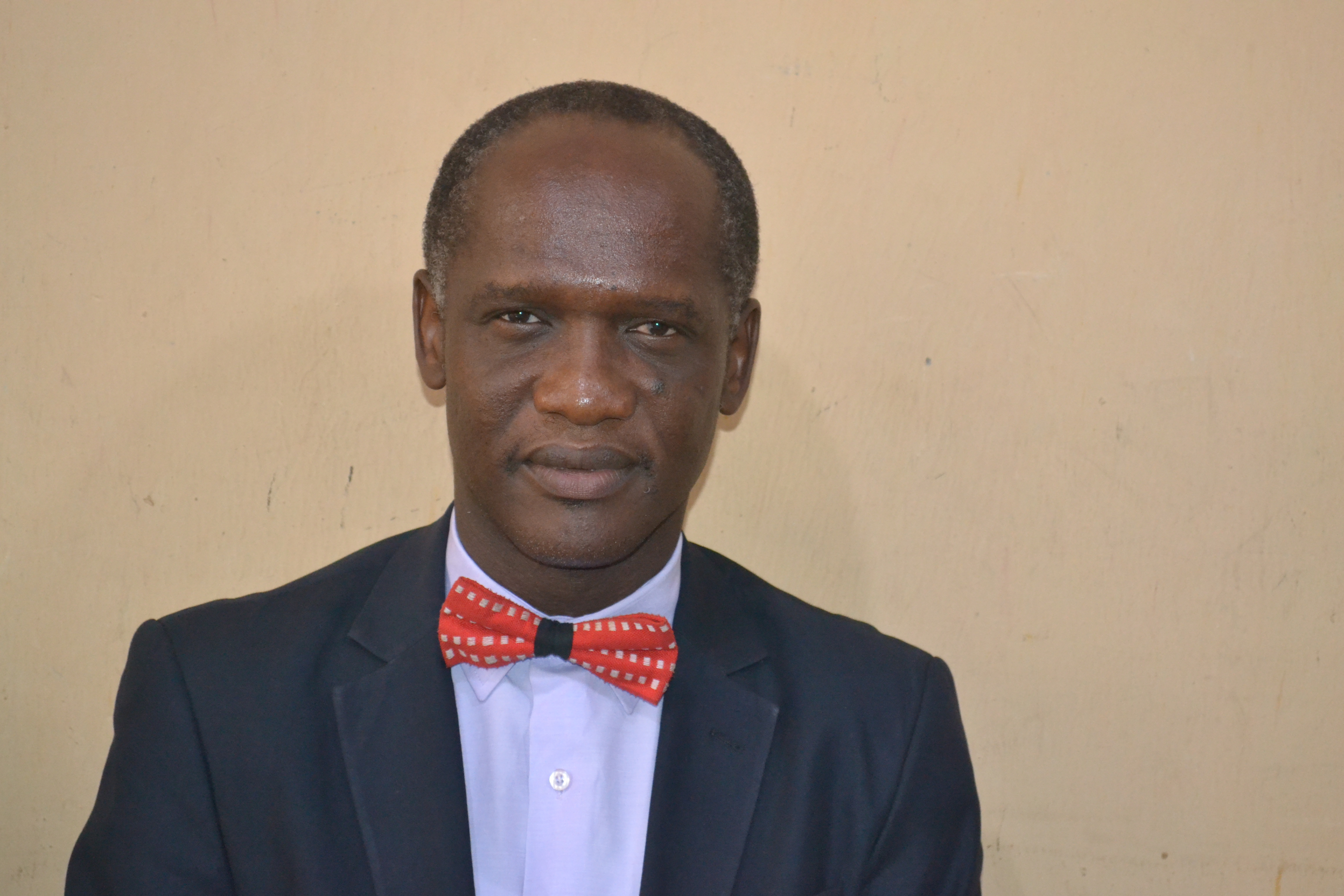
news, journals and articles from all over the world.

Telemedicine for epilepsy care is more popular than ever. It has many advantages—but can it sustain itself into the future?
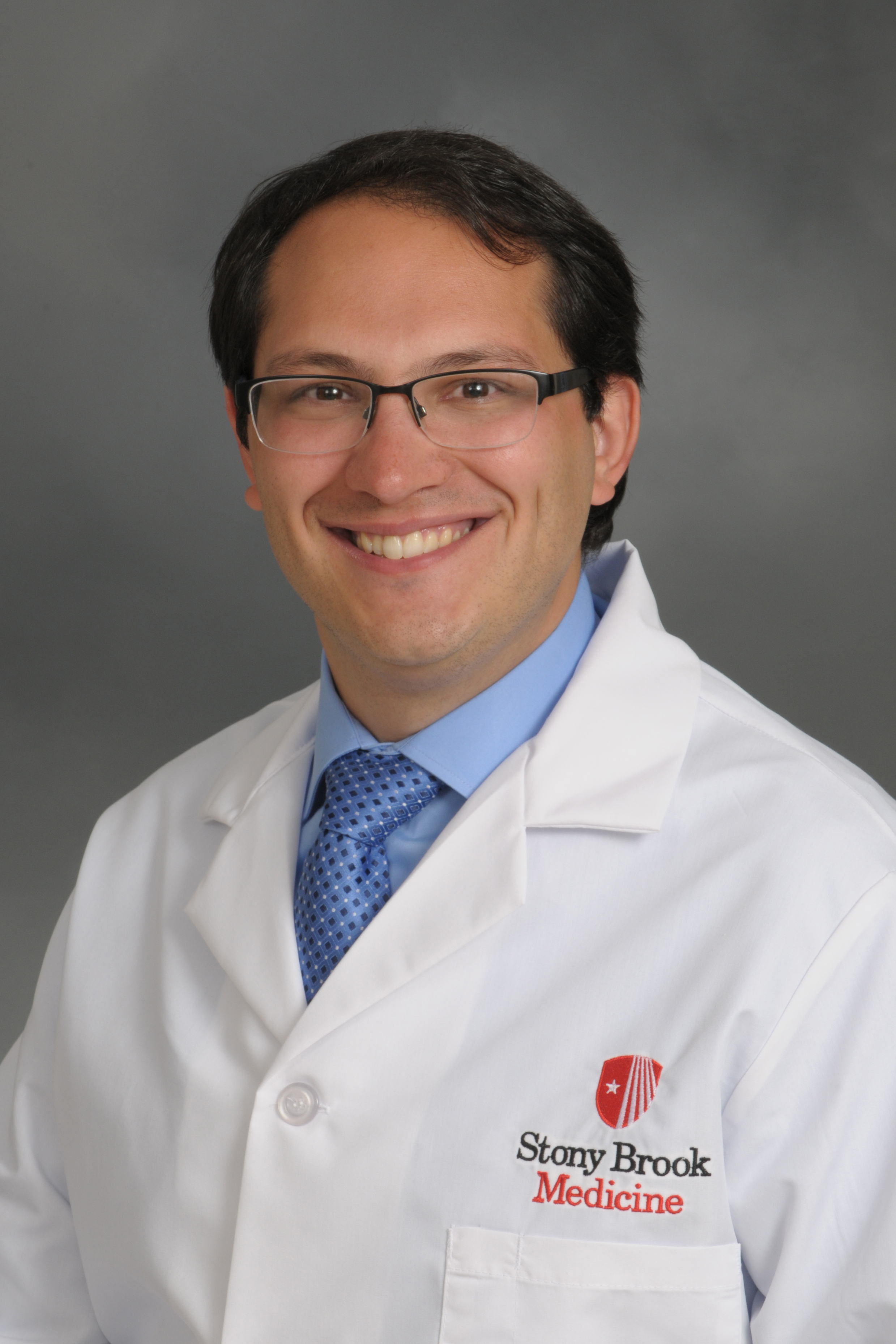
It’s been said that after two failed anti-seizure medications, chances for seizure freedom drop to less than 5%. This error arose nearly two decades ago and needs to be corrected, says a letter in the journal Epilepsia – chances are actually much higher.
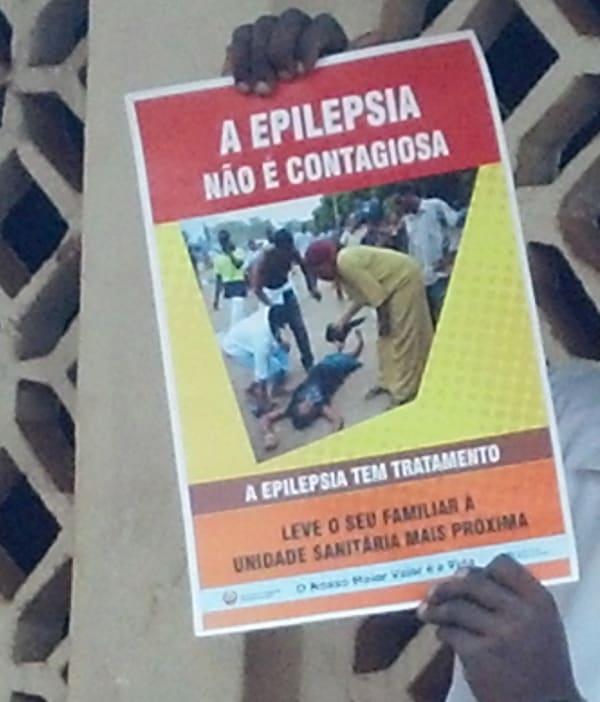
More than 50 million people have epilepsy; about 80% live in lower- or middle-income countries, where diagnosis and treatment can be difficult or impossible. The percentage of people with epilepsy that is not receiving treatment is known as the treatment gap; in some countries, this gap exceeds 90%.

How was epilepsy research forced to morph during the first few months of the COVID-19 pandemic? Researchers from 11 countries shared their experiences and thoughts on the future of laboratory research, clinical trials, and in-person conferences.

Journal Prize winner Zhong Ying integrated genetics, clinical presentation, EEG, MRI, and histopathological diagnosis in a group of people with drug-resistant epilepsy. All had a specific type of brain lesion that can be difficult to identify.

Journal Prize winner Ana Coito is developing methods to extract information from EEG readings about brain connectivity and information exchange. Her award-winning research focused on applying these methods to low-density EEG readings, which would make them accessible to more regions of the world.

Journal Prize winner Jesse A. Pfammatter found that certain EEG patterns that indicate absence epilepsy may hold more information than previously thought.
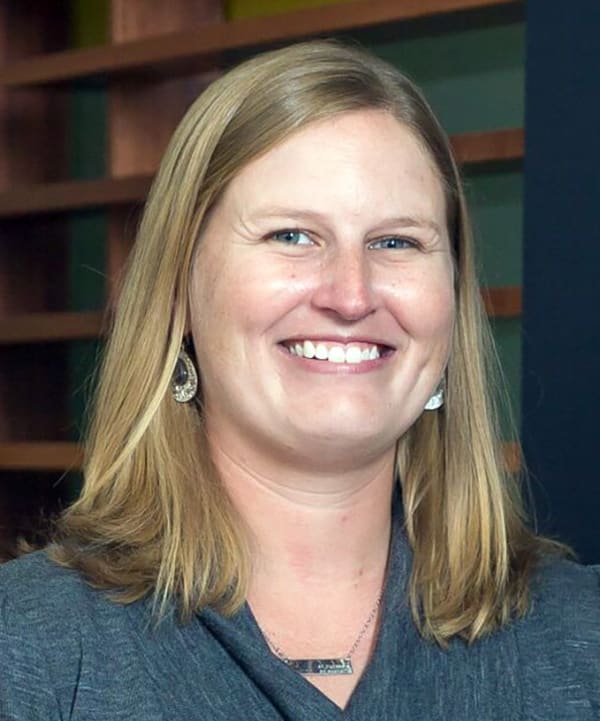
Lyndsey Anderson traveled halfway around the world to do epilepsy research in Sydney, Australia. Recently, she was awarded ILAE’s 2020 Epilepsia Prize for Basic Science Research.

When seizures last longer than about 5 minutes–a condition called status epilepticus–emergency treatment is required. About two-thirds of people respond to initial treatment with benzodiazepines, but the others need a second drug. Which drug to choose is a matter of some debate.
What if there was a tool to help with faster, more accurate diagnosis of both psychogenic seizures and epilepsy? And what if this tool was simpler and less expensive than video EEG, and available almost everywhere?

At Epilepsy Awareness Day at Disneyland, thousands of families and physicians mix epilepsy education, information, and advocacy with enjoying a day at “the happiest place on earth.”
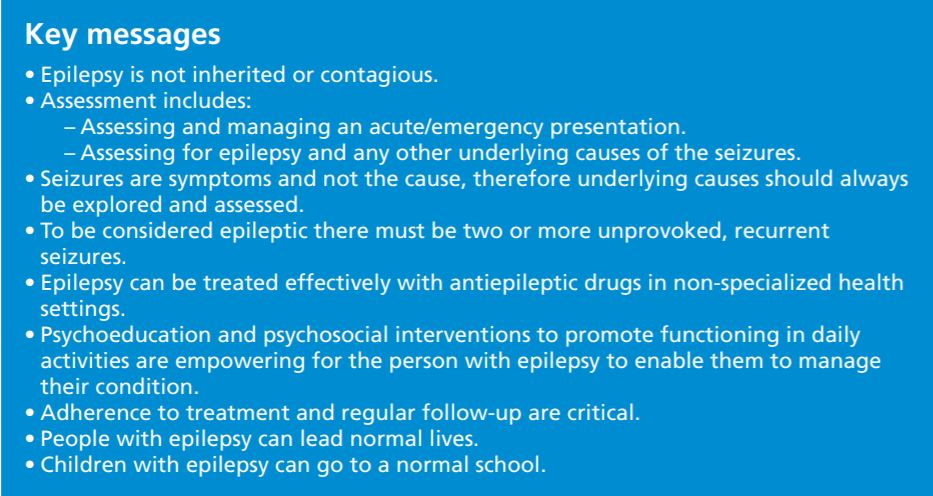
In Mozambique, most people with epilepsy don’t seek treatment. So the country took on an intimidating challenge: Diagnose and treat more people by increasing awareness, reducing stigma, improving medication access, and partnering with traditional healers.

When an adult child is diagnosed with epilepsy, their parents face a wide array of social, emotional and financial issues, often with very little support. Striking a balance between caring for their child and allowing independence can be difficult and frustrating.
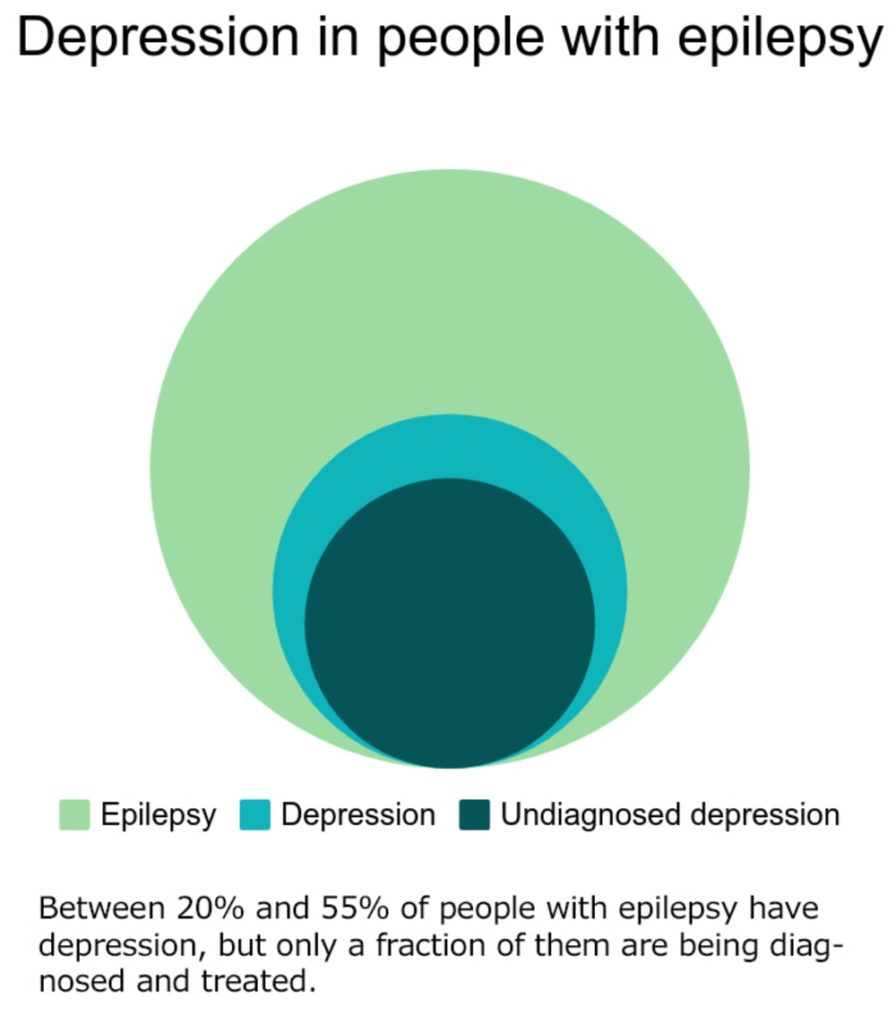
Any neurologist who sees patients with epilepsy also sees patients with undiagnosed depression. A simple screening tool can improve outcomes and save lives.

Worldwide, more than 50 million people are living with epilepsy. As many as 37 million are not receiving treatment, though it can cost as little as US$5 a year and eliminates seizures about two-thirds of the time. These findings and many others are published in “Epilepsy: A public health imperative”, a report produced by ILAE, the World Health Organization and the International Bureau for Epilepsy.

Worldwide, more than 50 million people are living with epilepsy. As many as 37 million are not receiving treatment, though it can cost as little as US$5 a year and eliminates seizures about two-thirds of the time. These findings and many others are published in “Epilepsy: A public health imperative”, a report produced by ILAE, the World Health Organization and the International Bureau for Epilepsy.